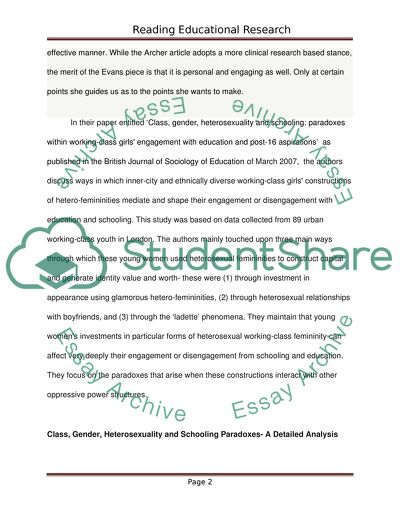Cite this document
(How the Papers Being Compared Discuss Female Educational Opportunities Essay Example | Topics and Well Written Essays - 2250 words, n.d.)
How the Papers Being Compared Discuss Female Educational Opportunities Essay Example | Topics and Well Written Essays - 2250 words. https://studentshare.org/education/1775770-reading-education-research-i
How the Papers Being Compared Discuss Female Educational Opportunities Essay Example | Topics and Well Written Essays - 2250 words. https://studentshare.org/education/1775770-reading-education-research-i
(How the Papers Being Compared Discuss Female Educational Opportunities Essay Example | Topics and Well Written Essays - 2250 Words)
How the Papers Being Compared Discuss Female Educational Opportunities Essay Example | Topics and Well Written Essays - 2250 Words. https://studentshare.org/education/1775770-reading-education-research-i.
How the Papers Being Compared Discuss Female Educational Opportunities Essay Example | Topics and Well Written Essays - 2250 Words. https://studentshare.org/education/1775770-reading-education-research-i.
“How the Papers Being Compared Discuss Female Educational Opportunities Essay Example | Topics and Well Written Essays - 2250 Words”. https://studentshare.org/education/1775770-reading-education-research-i.


